Healthcare leaders are reimagining how women access cancer care, writes Doris Pischitz, editor at Siemens Healthineers. Their message is clear: Gender-responsive health systems and locally owned solutions are essential to change outcomes in low and middle-income countries and to improve results globally. Cancer care cannot be solved with a one-size-fits-all methodology.
Doris, whose editorial team specializes in topics related to healthcare, medical technology, disease areas, and digitalization, shares how since 2017, City Cancer Challenge (C/Can) has been improving cancer care in low- and middle-income countries (LMICs) by enabling cities to drive sustainable, locally owned cancer care solutions. By bringing together public and private stakeholders, C/Can helps to close the gaps in diagnosis, treatment, and equity, ensuring that where a woman lives does not determine whether she survives.
A partnership between C/Can and Siemens Healthineers aims to improve cancer treatment outcomes and equity in LMICs by minimizing the time gap from first symptoms to diagnosis, providing workforce training and patient-management technology, and supporting women’s leadership in healthcare.
A group of leaders, collaborating under C/Can’s Global Gender Group, met at the headquarters of Siemens Healthineers in Erlangen, Germany, for a panel discussion. The event was moderated by Amira Romani, Head of Innovation Strategy and Ecosystem at Siemens Healthineers.

Many key discussion points and insights were shared among the speakers below regarding women's healthcare.
Meet Carolina Goic, MSc, Concepción, Chile
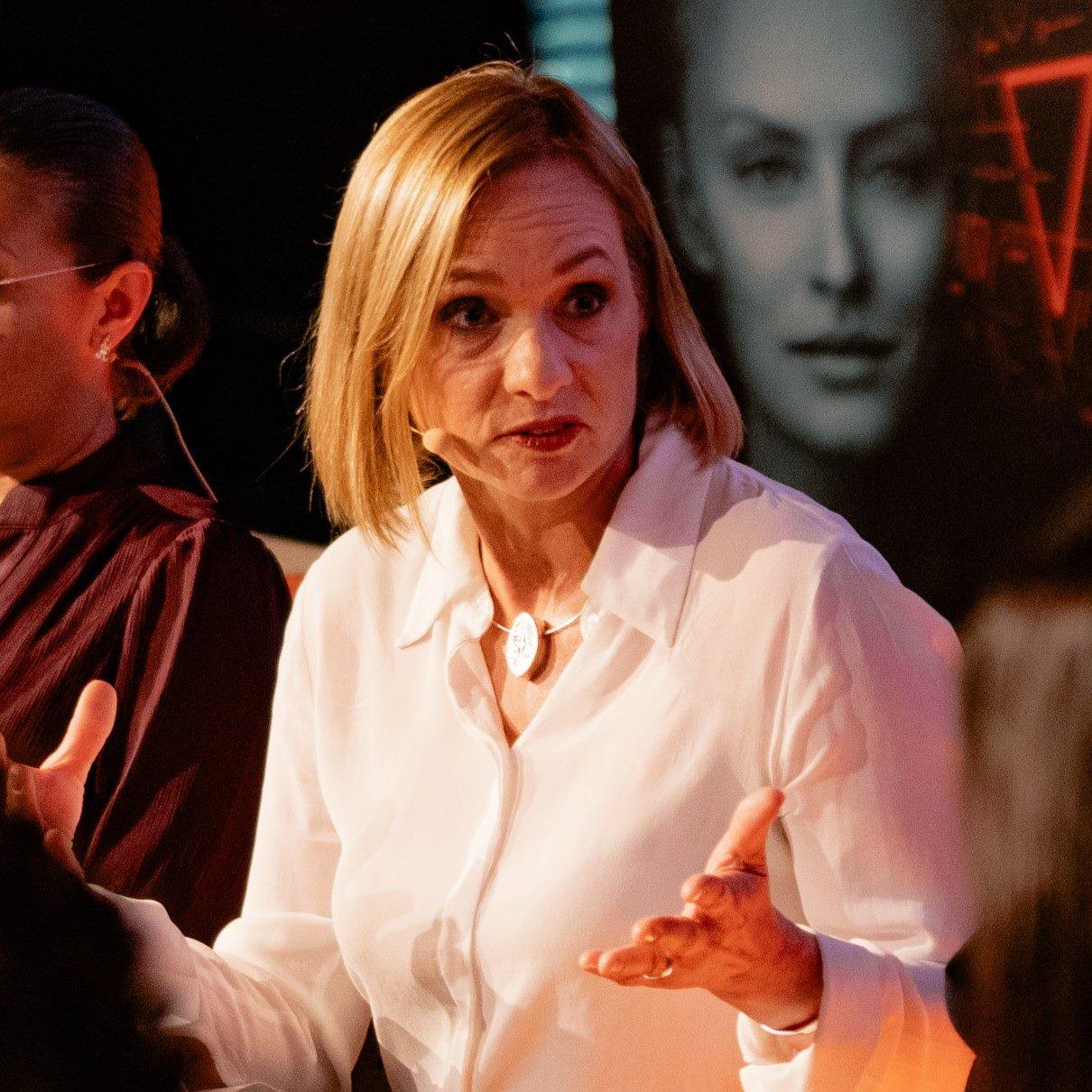
Professor Goic serves as a professor in the Department of Hematology and Oncology at the Faculty of Medicine of the Pontificia Universidad Católica de Chile and as Executive Director of the Center for Cancer Prevention and Control. As the first female senator for Magallanes and the Chilean Antarctic Region, she authored more than 50 laws, including the National Cancer Law. A cancer survivor herself, she prioritized patient advocacy and collaboration in her legislative work.
Meet Julia Ismael, MD, Rosario, Argentina

Dr. Ismael, former Director of Argentina’s National Cancer Institute, specializes in internal medicine, oncology, and pharmacology. She co-founded Women in Global Health Argentina and participates in the City Cancer Challenge Global Gender Group. Dr. Ismael helped launch and implement Argentina’s first national cancer control program.
Meet Elia Lara, MD, PhD, León, Mexico

Dr. Lara is an epidemiologist with master's degrees in Administration of Health Institutions and Public Health and a PhD in Social Sciences. She specializes in vital statistics and health systems, serves as a Research Professor at the University of Guanajuato, and participates in various committees and academic projects. Dr. Lara is also the City Manager of León, a C/Can city.
Meet Nwamaka Lasebikan, MD, Abuja, Nigeria

Dr. Lasebikan, a clinical and radiation oncologist and clinical investigator from Abuja, Nigeria, is the Director of Research and Innovation at the Nigerian Institute of for Cancer Research and Treatment. She serves on the National Task Force on Cervical Cancer Elimination, leads oncology research at the Center for Translation and Implementation Research (CTAIR), and is the President of the Association of Radiation and Clinical Oncologists of Nigeria (ARCON).
Meet Nana Mebonia, MD, Tbilisi, Georgia
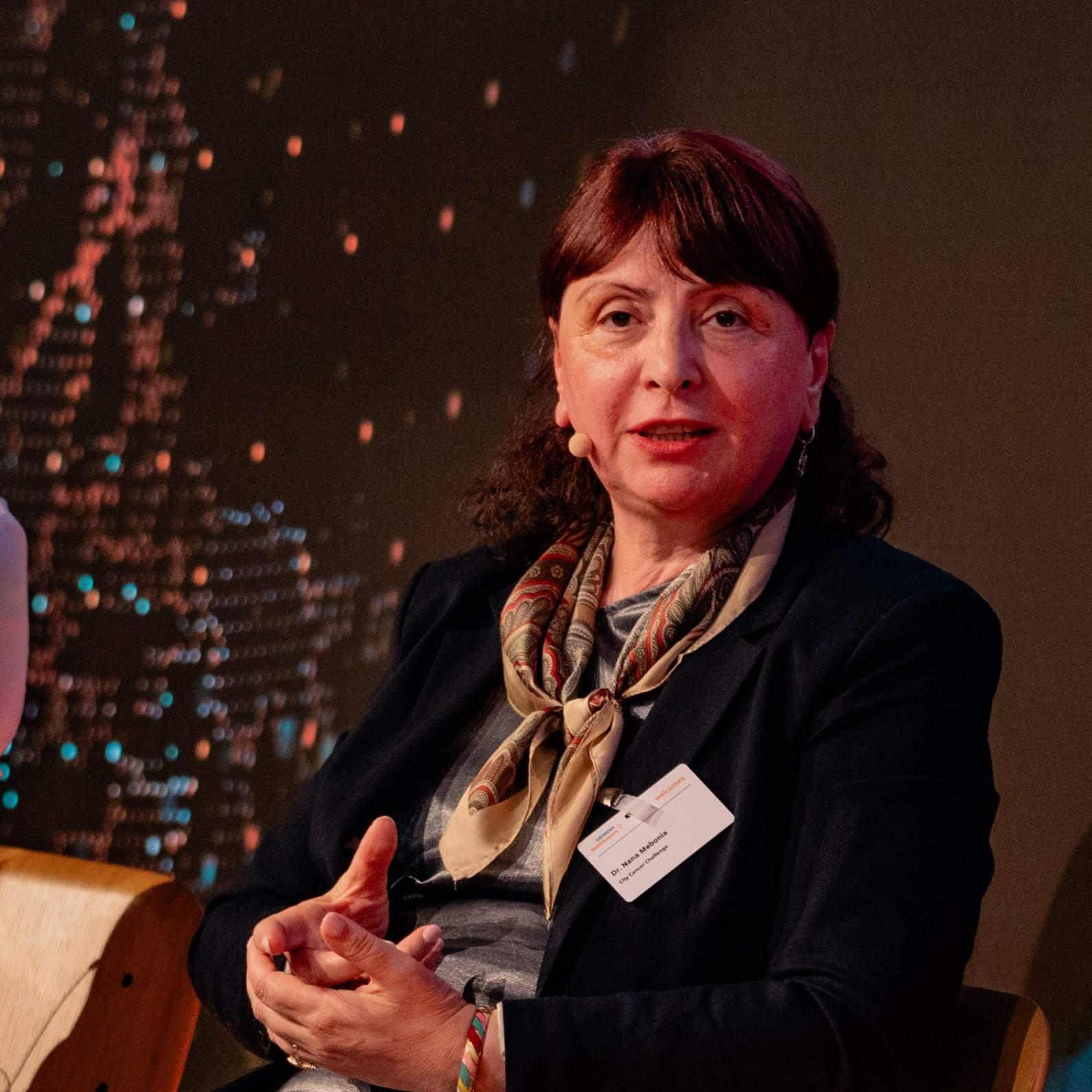
Dr. Mebonia heads the Division of Non-communicable Diseases at Georgia's National Center for Disease Control and Public Health. She works as an associate professor of epidemiology at Tbilisi State Medical University and holds a PhD in Cancer Epidemiology. Dr. Mebonia established the population-based cancer registry in Georgia and acts as a scientific coordinator for international training programs.
Meet Miriam Mutebi, MD, Nairobi, Kenya
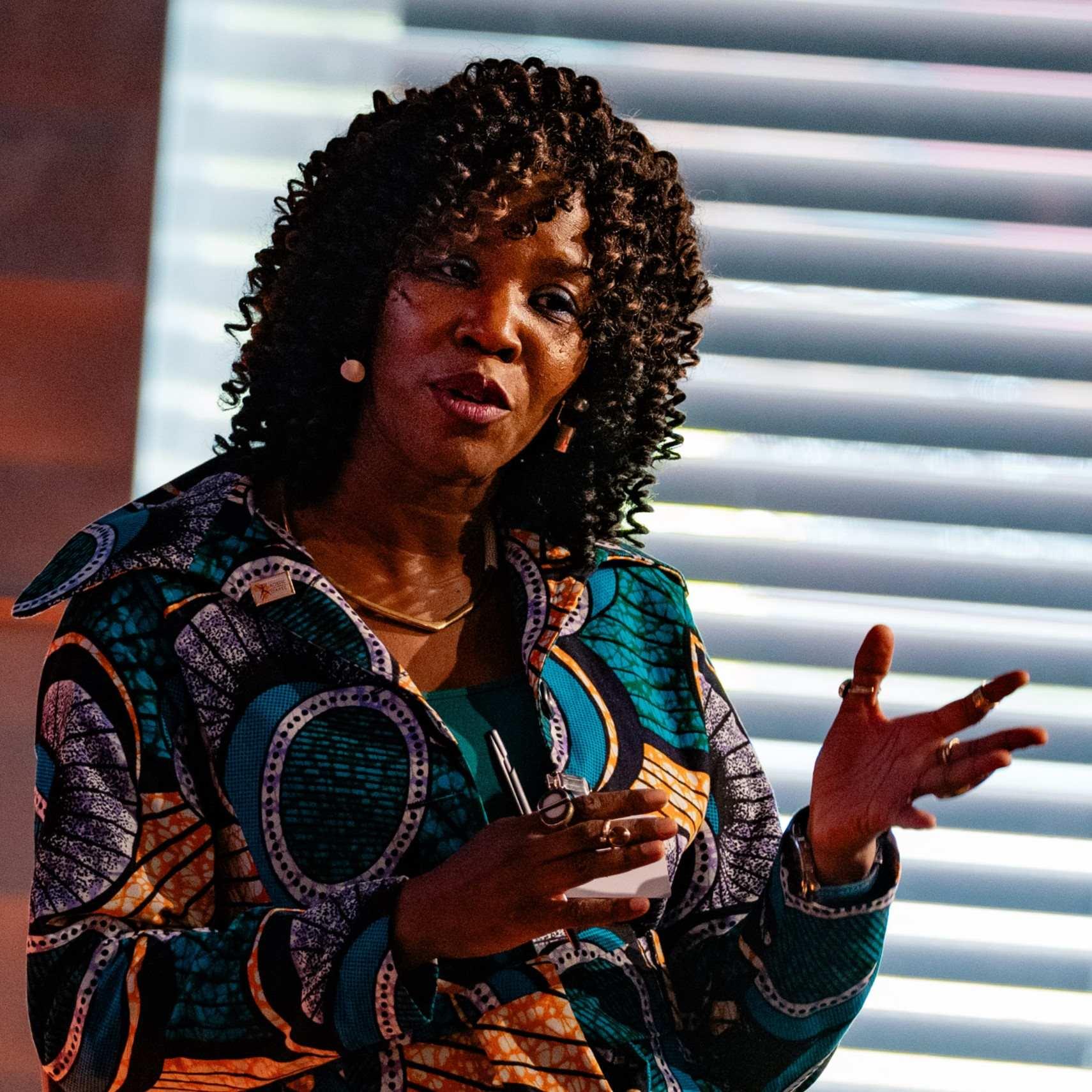
Dr. Mutebi is a Consultant Breast Surgical Oncologist and Clinical Epidemiologist at Aga Khan University Hospital in Nairobi, Kenya. She is the President of the African Organization for Research and Training in Cancer (AORTIC) and a board member of the Union for International Cancer Control (UICC). Dr. Mutebi co-chairs Kenya's National Cancer Taskforce, chairs the Commonwealth Task Force for the Elimination of Cervical Cancer, and serves as a commissioner on more than five Lancet commissions. In 2024, she received the ACSO Humanitarian Award.
Challenges affecting women's access to cancer care
The panellists were asked about the biggest challenges affecting women's access to cancer care in their country.
Miriam Mutebi, MD, identified the reliance on out-of-pocket financing to support diagnostic and treatment steps as a significant obstacle to timely care in Kenya.
"The three main categories [of barriers] are financial, health systems, and socio-cultural. Let’s look at the diagnostic aspects and how they relate to financial aspects. A lady discovers a lump and visits a healthcare facility, where she is examined by a clinician who recommends a mammogram. So, she obtains the necessary funds, completes the mammogram, and is advised that a biopsy is required. She again obtains the funds, buys the biopsy needle, and returns to the hospital to have the biopsy performed. Following this, she is instructed to provide payment for specimen processing. After initial histology, more funds are required to determine what type of breast cancer is present before treatment can start. Considering these steps cumulatively, the process from diagnosis to staging and eventually treatment can be lengthy. The system often takes between three and nine months to proceed through these stages in various regions of Africa. A significant challenge is enrolling patients into the system and determining effective strategies for retaining them throughout the process," explained Dr. Mutebi.
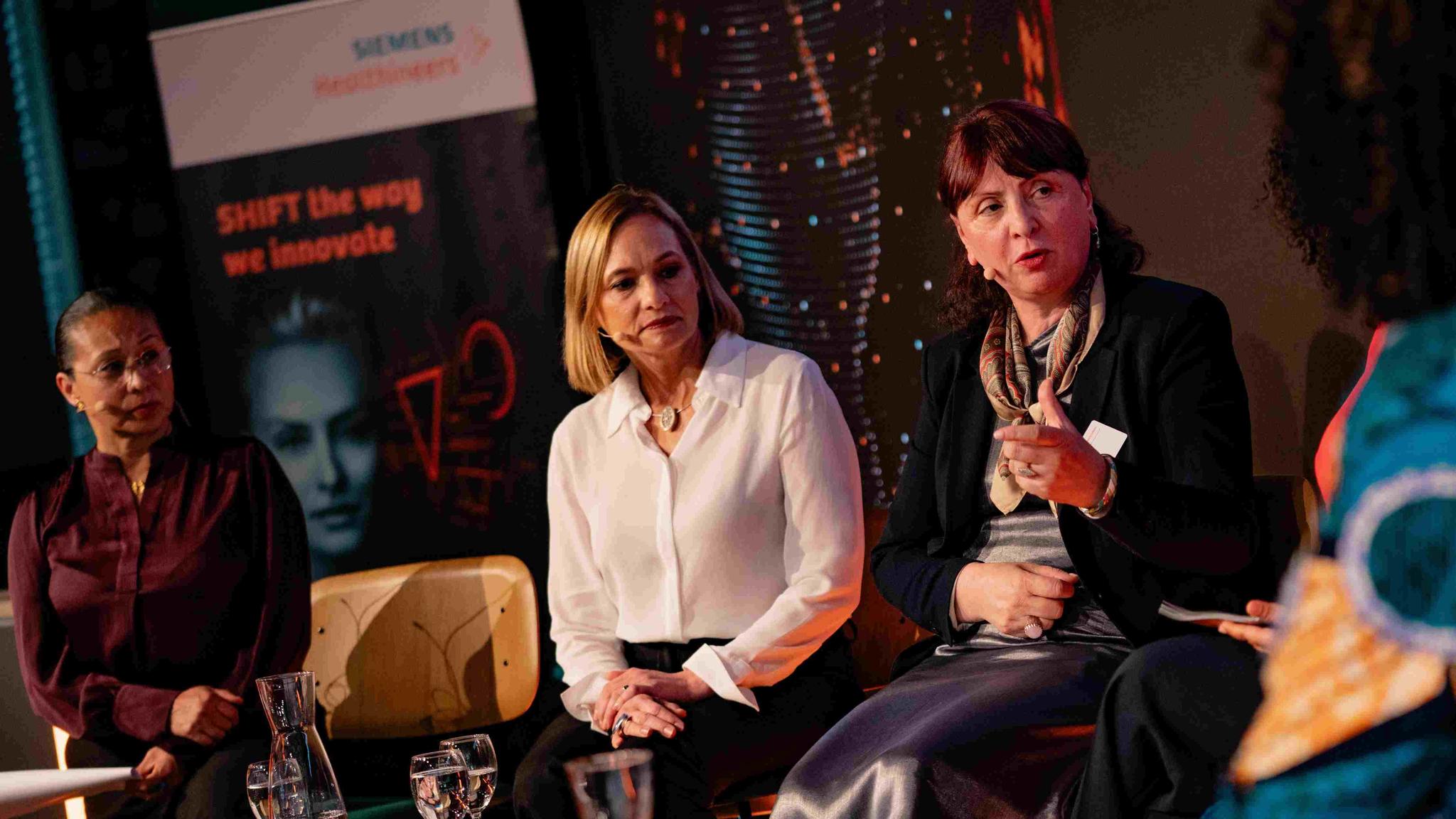
According to Nana Mebonia, MD, few people in Georgia join cancer screening programs, so many cases are detected late and chances for good care are lower.
"In Georgia, many cancer cases are detected at late stages, reducing opportunities for qualitative care, patient survival, and quality of life. Despite breast, cervical, and colorectal cancer screening having been launched in 2011, participation remains low at between 16 and 25 percent. Limited public awareness and minimal involvement by primary healthcare [physicians], who have little time with patients, contribute to poor coverage," shared Dr. Mebonia.
Elia Lara, MD, PhD, said that delayed care seeking, limited access, and long waiting times are significant health challenges in Mexico.
"Women's access to cancer treatment in Mexico is hindered by the 'three delays'. The first delay is deciding to seek care. Many women postpone cancer care due to cultural, social, and economic reasons, such as prioritizing family, fear of stigma, or limited awareness about early symptoms. The second delay involves accessing the health system. Women seeking care may face barriers such as long distances, lack of transport, high out-of-pocket costs, or difficulty navigating services. Those in rural areas often travel for hours to reach diagnostic centers or oncologists. Delays persist within the health system, including long waits for diagnostic tests, fragmented care, and limited specialist access. For example, a woman with suspected breast cancer might wait over four months from her initial visit to diagnosis due to slow referrals and imaging backlogs, which can worsen her condition and lead to poorer outcomes. In my country, investment focuses on screening rather than diagnostics such as pathology and imaging. When I think of innovation, I don't think about technology only. I think about processes," commented Dr. Lara.
Improving life for healthcare professionals and patients
Based on Dr. Lara's comments, the panellists shared how to improve life for both healthcare professionals and patients.
Julia Ismael, MD, explained how Argentina is using new technology, training, and mobile clinics to improve cancer care, especially in rural areas.
"Argentina is implementing several initiatives to improve patient care and reduce gender, socio-economic, and geographic inequities. Mobile mammography units, telemedicine, and interoperable electronic health records are expanding screening and supporting continuity of care, especially in underserved areas and rural settings. HPV DNA testing with self-sampling as the primary screening method for cervical cancer has been implemented in multiple provinces as a part of the National Cancer Program. Free accredited oncology training from the INC’s [Instituto Nacional del Cáncer] online campus strengthens the capacity of the largely female health workforce. Patient navigation programs streamline care coordination and ease the administrative tasks. And AI tools are beginning to support faster, more accurate decision-making. Although most programs remain at the pilot stage, these efforts highlight Argentina's progress in applying technology to close cancer care gaps toward more equitable cancer care," said Dr. Ismael.
In Mexico, Elia Lara, MD, PhD, assisted in identifying gaps in areas such as equipment, staffing, and medical collaboration to improve patient care.
"We are working in 10 areas of interest, on 24 projects addressing the continuum of cancer care, including pathology, surgery, treatment quality, systemic therapies, pediatric oncology, health systems, and health information systems management. These initiatives have generated local evidence highlighting existing gaps, particularly in pathology. For instance, there is insufficient equipment and a lack of standardized processing procedures. Additionally, the shortage of medical professionals – doctors, surgeons, clinical oncologists – and limited collaboration with pathologists further compound these challenges. Another gap is in imaging and specialized treatments: We lack sufficient equipment for scans, ultrasound imaging, and brachytherapy. We documented the available services and healthcare professions at each facility, as well as their relationships. This data supports identifying disparities and informs strategic planning and resource allocation," added Dr. Lara.
Nwamaka Lasebikan, MD, called for context-specific technology to improve patient and provider experiences in Nigeria.
"We are a group of about 80 oncologists in Nigeria serving nearly 130,000 patients – a number that makes our resources clearly insufficient and highlights our heavy workload. Approximately 70 to 80 percent of patients present at advanced stages, where the primary focus shifts to palliative care. Despite our dedicated efforts in cancer treatment, curative outcomes are often unattainable, and our aim becomes providing optimal-quality palliation. Consequently, I strongly advocate for innovations that can help transform this scenario and enhance patient outcomes. All of us would like to see these patients earlier. To achieve this, we need to bring technology to the patients. We have significant geographic disparities, with more than 50 percent of individuals residing in rural areas where access to screening facilities is nonexistent. I'd like to see some of those mammo mobiles in the communities – a context-specific tailored mammo mobile van, adapted to challenging road conditions. I'd like to see the application of AI for identifying lesions in the breast," shared Dr. Lasebikan.
"Currently, available technologies rely on data from patients that differ from my own. I'd like to see advancements in these technologies that are specifically adapted to my local patient demographic, geographic region, and cultural context. I talked about workforce limitations in oncology. They also exist in pathology and radiology. We need technology and innovation to bridge these gaps and enhance the accuracy and timeliness of diagnoses, so that I can really rely on those results for developing effective treatment plans. I mentioned that many patients present in advanced stages, creating a huge demand for radiotherapy. While contouring tools exist, it's important to consider if the datasets truly reflect my patient population. Should I trust the technology? Or do I continue doing it myself? And it's not only about patient outcomes. We did a study two years ago looking at the emotional state of the oncologist: Burnout is real. It’s partly due to poor patient outcomes. New technologies can improve experiences for both patients and providers. Heavy workloads and mental health challenges are leading some clinicians to leave the country," continued Dr. Lasebikan.
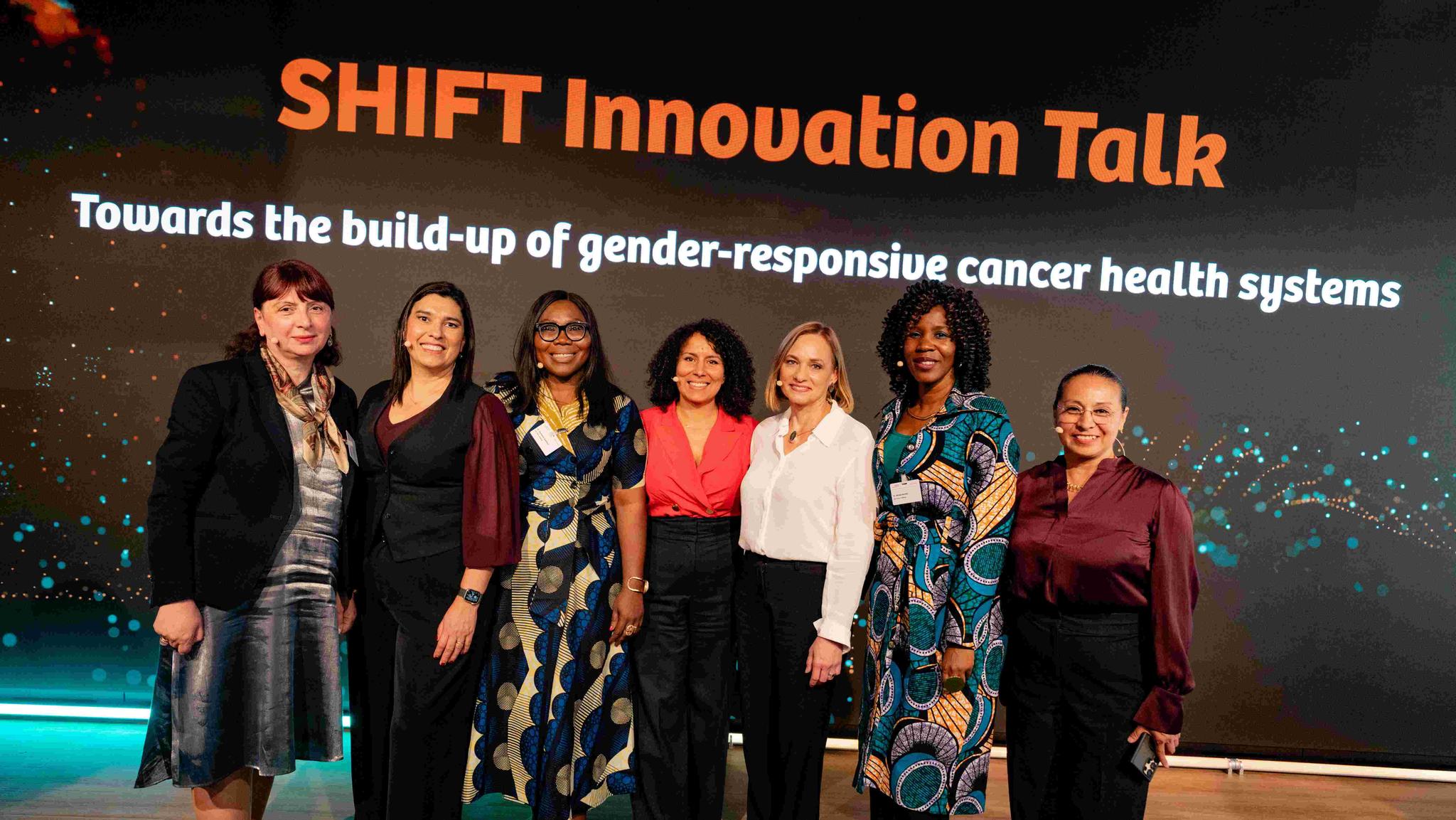
Moderator Amira Romani asked: "Diving deeper into the topic of AI that you just brought up, how can it improve access to care, address workforce issues, boost productivity, and enhance clinical accuracy?"
Nwamaka Lasebikan, MD, urged AI tools to be tailored for local patients.
"We can leverage AI to support diagnoses and point-of-care solutions. In Nigeria, an AI-enabled ultrasound is being tested, where remote staff assist community health workers in identifying lesions and guiding them through the process. This approach does two things. It contributes to lesion detection and to developing skills among local healthcare personnel. While we need those solutions, I think their effectiveness depends on being tailored to specific contexts. I gave an example with radiotherapy contouring organs at risk. Existing solutions have not achieved universal adoption because validation data may not accurately reflect our local patient populations or the tumor types we see. We also would like to see clinical decision-support tools, especially ones that integrate clinical and genomic data. There is a notable blind spot in existing genomic data. So, yes, we think that there's potential for such technology to assist with the entire process from early diagnosis through to treatments. However, we would like to see additional validation studies within our own settings and patient population," said Dr. Lasebikan.
Miriam Mutebi, MD, cited examples of AI applications from Kenya and Rwanda.
"There are a number of initiatives that have been introduced to incorporate technology into health systems. Several AI projects in pathology and radiology are currently running with the aim of improving mammography interpretation and developing devices to help less-trained community healthcare providers diagnose earlier. I think an additional interesting emerging area for AI is patient support, with pilot projects in Rwanda and Kenya using tools that let patients report symptoms: “I have a headache, I have fever. What should I do?” And when we speak about contextualizing, the pilot is in the local language. These tools then use an algorithm connected to the health system to provide appropriate support. The aim is to make technology accessible, user-friendly, and tailored to patients' needs," added Dr. Mutebi.
Successful initiatives that improved cancer care
Amira Romani encouraged the panellists to provide some examples of successful initiatives they led that improved cancer care or enhanced access to it.
Carolina Goic, MSc, outlines a partnership between private hospitals and a public hospital in Chile.
"85 percent of our population use the public sector; only 15 percent have private insurance and access to private hospitals, which provide a faster patient pathway. This difference affects cancer care and raises equity concerns. We therefore asked the private sector to partner with a large public hospital in an economically disadvantaged area. They donated US$3 million for a ten-year project that provided 20 chemotherapy treatment places and six nurses to navigate patients. Consequently, daily chemotherapies increased from ten to 60. Over ten years, productivity at that hospital grew by 140 percent, compared to 60 to 65 percent growth at other hospitals in the region. That means saving lives," explained Professor Goic.
Reviewing Georgia’s cancer program showed that local diagnosis control caused unequal care, said Dr. Mebonia, MD.
"Introducing the Georgian cancer registry and, in 2012, universal health coverage were important steps. Originally covering 80 percent of cancer treatment costs, the system was gradually expanded and now covers nearly all types of cancer treatments. Initially, we decided that responsibility for diagnosis should be assigned to the local municipalities due to operational considerations. But when we evaluated this later, we saw that access to cancer diagnosis varied because some municipalities took their responsibilities less seriously than others. We learned that diagnosis should be included in the universal health coverage program. Allocating funding does not ensure equal access to cancer care," shared Dr. Mebonia.
Sharing their vision of the future of cancer care

The panelists shared their vision for the future of women’s access to cancer care.
Miriam Mutebi, MD, called for countries to make cancer care a priority, provide funding, and build strong healthcare teams that share knowledge.
"I think the real question is identifying what factors have moved the needle in our setting? One important factor is the recognition of cancer as a significant issue. In many countries, the absence of a national cancer control plan indicates that this area may not be receiving adequate attention. The second aspect is intentional financing. Countries that meet objectives set by initiatives such as the Global Breast Cancer Initiative typically have some form of social insurance that allows patients to access not just diagnosis and treatment, but complete follow-up care through survivorship. The third point is workforce: How can we create broader communities, regionally or globally, to strengthen workflows and share knowledge? Nwamaka talked about brain drain. How do we enhance brain circulation? How do we share best practice?" asked Dr. Mutebi.
Carolina Goic, MSc, wants cancer care to be simple and patient-centered, using technology and teamwork to improve people's lives.
"Put yourself in the shoes of patients: For them, a cancer diagnosis often means a death sentence. Our goal is to change that perception, so people associate cancer with survival. When people hear “cancer” and they think there is a possibility to survive, we have already succeeded. As we develop new technologies and innovations, we should focus on their impact on patients' lives. We offer a student hackathon award for innovative ideas. Last year, a team created a simple AI device to help surgeons identify optimal incision points for tumor removal. Although we lack funds for clinical trials, similar projects, like one on early gastric cancer detection, have shown promise. So, I would ask you to keep technology simple, patient-focused, mindful of care continuity, and collaborative to benefit the whole ecosystem," said Professor Goic.
Julia Ismael, MD, recommends focusing on equity, participation, and local leadership.
"I envision a future where women are not only caregivers but also architects of change. A future where cancer care is co-designed with patients, where the data used to make decisions truly reflects women's realities, and where leadership includes every voice. A future where no one is left behind. To achieve this future, we must integrate gender equity into health governance, encourage inclusive leadership, and design services with input from those most affected. This requires gender-disaggregated data, prioritizing women's perspectives, especially lived experiences, and adopting collaborative, community-focused leadership over top-down models. Women's health strategies provide a solid base for transforming cancer care. By focusing on design, equity, participation, and local leadership, we can set a new global standard. I hope this approach becomes the benchmark for cancer care worldwide," explained Dr. Ismael.
Nwamaka Lasebikan, MD, emphasizes the importance of advancing policy, combating stigma, and elevating women into leadership roles.
"I'd like to see care that is universally accessible to every woman everywhere, regardless of the socioeconomic status or location. I'd like to see women able to access care along the entire continuum from prevention, screening, diagnosis, treatment, and survivorship. Supportive care often receives less attention. Early intervention and curative treatment may facilitate reintegration into society. Let me add two or three wishes. The first concerns policy advocacy. During the World Health Assembly, member states adopted resolutions on Strengthening Medical Imaging Capacity and designating a Cervical Cancer Elimination Day in November. These actions signal robust political commitment from governments. It is essential that advocates in this sector engage with policymakers to support the implementation of these directives. This presents an excellent opportunity for collaboration with partners such as Siemens Healthineers to facilitate the deployment of medical imaging technologies within communities, thereby ensuring timely access for women," said Dr. Lasebikan.
"The second addresses stigmatization. Community engagement plays a vital role in overcoming stigma associated with cancer, which remains a significant barrier to early diagnosis among women. We must make concerted efforts to raise public awareness and foster inclusive dialog at the community level to advance cancer prevention and early detection initiatives. Finally, capacity development is essential. Increasing women's participation at all levels of the workforce, especially in decision-making roles, can create more supportive environments. Once women are in leadership positions, they can identify factors that encourage more women to participate in screening. For example, religious and cultural factors in northern Nigeria limit access to mammography when men are present, highlighting the need for inclusive policies. I'd like to see input in all three areas so that we can truly say we are developing health systems and care for everyone, everywhere," added Dr. Lasebikan.
Pioneer breakthroughs in healthcare for everyone, everywhere, sustainably
Siemens Healthineers and its 68,000 highly dedicated employees push the boundaries of what’s possible in healthcare to help improve people’s lives around the world.
Inspired to make an impact in healthcare?
Research the latest job vacancies at Siemens Healthineers.
Search jobs
Disclosure: Where Women Work researches and publishes insightful evidence about how its paid member organizations support women's equality.